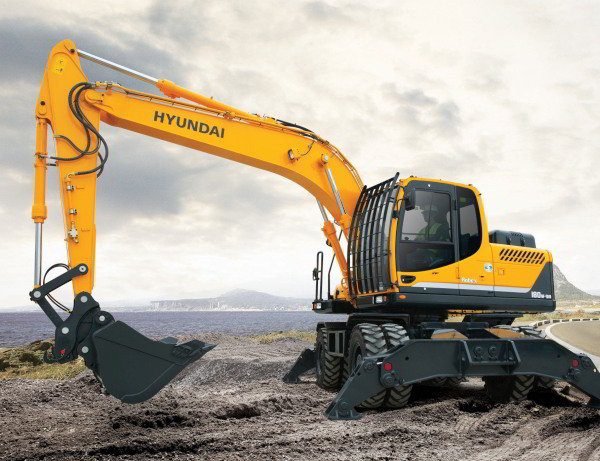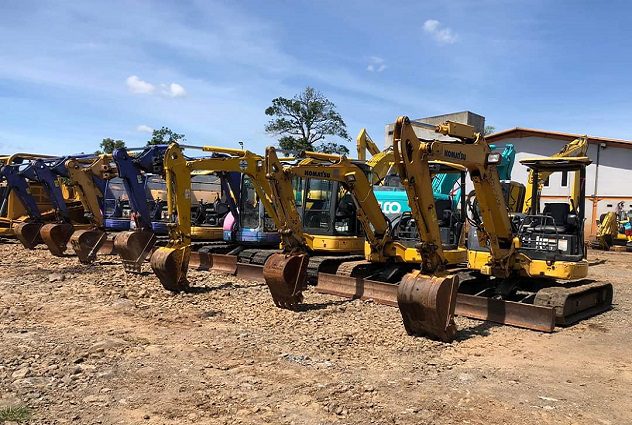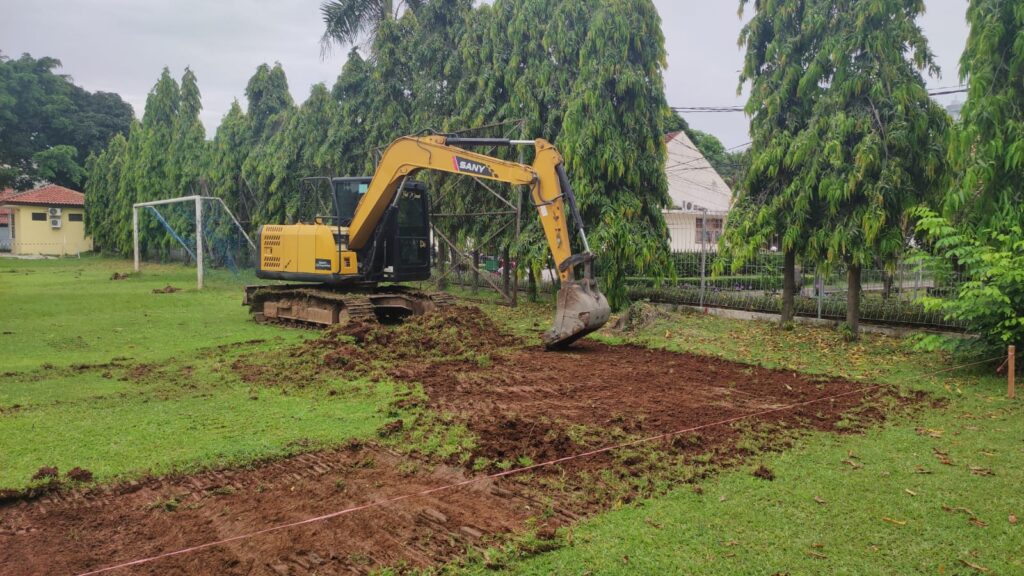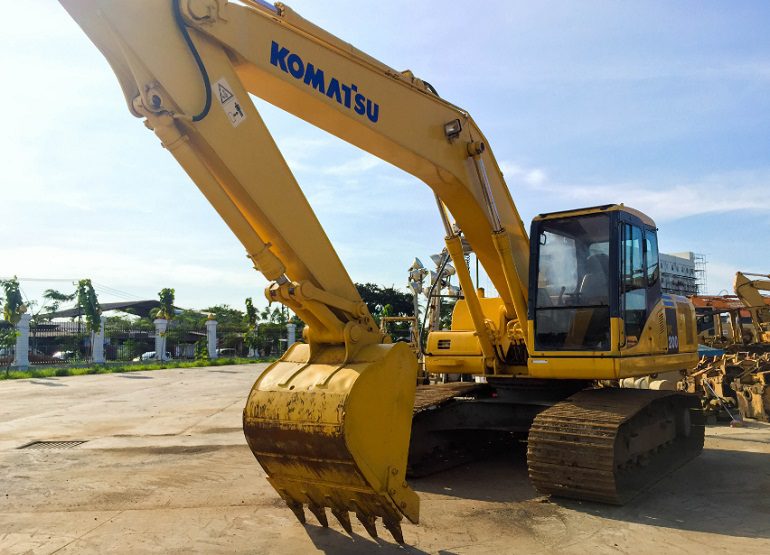One important process in the palm oil industry is harvesting palm oil. The harvest process must be done in a timely and efficient manner so that the results obtained can be maximized. How to harvest palm also also requires its own procedures and techniques, and special equipment.
The right harvest method will affect the quality and quality of the production of oil palm plantations. This harvest process is not only from picking palm oil which is ripe. If the palm harvest method is done carelessly or wrong technique, the harvest can be less than optimal.
That is why it is very important to harvest according to the right procedure in order to get a higher profit. Through this article, Let's understand how to harvest palm oil, Criteria for Harvest Ready Tree, equipment used, the harvest stage.
Preparation before harvest
Harvesting activities on oil palm plantations are cutting oil palm bunches from their trees. Harvesting oil palm requires careful preparation and proper. Just like other plants, palm oil trees have their own harvest age. You also need to know the criteria for oil palm is ready to be taken.
Besides that, Palm oil harvesting activities must be done using special equipment to be more productive and efficient. The workers must also use personal protective equipment to maintain security while working. The following are the preparations that you must do before harvesting the palm oil.
1. The right time to harvest palm oil
Oil palm that has qualified as a crop producing (TM) has a number of certain indicators. Both the garden owner and harvesting officers need to understand the signs of fruit maturity in order to avoid mistakes in harvesting oil palm plants that are still classified as not yet producing (TBM).
Palm oil plants generally begin to be ready to be harvested when entering the age 30 month. Harvest maturity can be seen from the changes in the color of bunches and the number of fruits that fall naturally from the barn.
Changes in the color of palm oil bunches usually start from green to black, then turn red or orange. Besides that, The weight of the bunch is also an indicator of maturity. Bunches weigh more than 10 kg usually has two brondolan, while bunches weigh less than 10 Kg has one brondolan.
Harvesting that is done too fast or late can affect the quality and selling price significantly. Early harvesting makes oil palm results have not reached optimal maturity, so it tastes less sweet, The texture is hard, and the size is smaller.
On the contrary, late harvest causes the fruit to be too ripe, soft texture, or even start to rot. This condition will reduce the quality and selling price that is detrimental to farmers economically, and reduce product reputation.
Therefore, Determining the right harvest time is very important to guarantee the quality of the harvest and obtain the optimal selling price. The ideal palm oil harvest cycle is usually done every time 5-7 once a day by paying attention to the signs of fruit maturity.
2. Equipment and self -protective equipment (APD)
Special equipment is needed to harvest palm oil so that it can run faster and more efficiently. Besides that, The use of personal protective devices is also very important to keep the employee safe. The following are equipment and PPE that need to be used when harvesting palm oil:
- Pipe: Long stick with a sickle knife at the end, specifically designed to cut oil palm fruit bunches at a height. This tool makes it easy for workers to reach fruit without having to climb trees.
- Go: Harvesting tools with curved blades used to cut palm fruit bunches at low height. The short handle makes it easy to use to harvest fruit close to the ground.
- Sacks and carts: Sacks are used to collect harvested palm fruit, While the cart helps move the fruit from the harvest location to the collection site.
- Personalized: PPE includes helmets to protect the head, gloves to prevent wounds, shoe safety to protect the feet, glasses safety to protect the eyes from dust, and water -resistant field work clothes.
- Heavy Equipment: Heavy equipment such as excavator, bulldozer, and dump truck used to open land, flatten the ground, and transporting large amounts of palm fruit.
Correct palm harvesting techniques and procedures
Palm harvest must be done with the correct techniques and procedures so that the results are maximum and minimize losses. The following is how to harvest palm oil that needs to be followed from cutting bunches to transporting yields to the factory.
1. Cutting bunches
Before performing mature oil bunches, harvest officers must first observe the level of fruit maturity. The process of cutting bunches is carried out using dodos for aged plants 3 until 5 year, As for plants that are more than 8 The year is used by egrek.
The results of cutting bunches form patterns like the letter V, so that the bunches are not carried away to the processing factory. It is important to ensure fruit bunches remain intact and free from damage such as torn or open during the cutting process, Transportation to the place of revenue collection (TPH), until loading to the truck.
This step is intended to prevent an increase in free fatty acid rate (ALB). In general, alb levels in palm fruit bunches after cutting ranges between 0,2% until 0,7%. But the levels can increase to 0,9% until 1,0% during 24 hours if the bunches fall to the ground.
After the fruit is harvested, You can use heavy equipment to facilitate the collection and transfer of fruit bunches. For example using excavator or mini excavator in accordance with the needs of the garden work. You can rent the heavy equipment on PT Perkasa Sarana Utama as an experienced heavy equipment provider.
2. Brondolan collection
Brondolan in the armpits of the midrib and the tree disk area is collected and taken to the collection place (TPH) using a sack of used fertilizer. Brondolan should be stacked next to a bunch with a base to maintain its cleanliness.
Both bunches and brondolan must be confirmed free of sand, rubbish, bunches, and other dirt. Empty bunches that have been harvested must be abandoned in the field (Gawangan died) and may not be carried to the processing factory.
3. The cutting of the blast
When the amount of the blow on the tree is less than the set stands, Cutting is only done on fruit bunches without the need to cut the midrib.
However, if the number of midribs exceeds the standard needed to support the bunch, Fruit slaughter can be done. The trimmed blast should be cut off into 2 until 3 section and arranged neatly in the gawangan area dead.
4. Transportation to the results of the results of the results (TPH)
Oil palm fruit that has been collected is then transported to the collection site (TPH). The fruit is neatly arranged in a queue, with each line consisting of 5 until 10 fruit. In addition to ensuring that fruit stems are cut to form a letter v, Also make sure the position of the stalk faces up and in the direction of the road.
5. Transportation of the results to the factory
After all the palm fruit bunches are collected at the collection site (TPH), The final stage in the harvest process is the transport of bunches to the factory using a truck. Make sure the availability of a truck fleet and adequate labor to transport bunches from TPH to the factory on the harvest day.
Mistakes to avoid when harvesting oil palm
Without having knowledge of the right palm harvesting, It could be that oil palm plantation workers make harvest mistakes. The following are a number of mistakes that must be avoided when harvesting palm oil.
- Harvesting palm fruit that is not ripe or too ripe.
- Do not collect brondolan well so there is a potential loss.
- Use tools that are not appropriate and damage the palm tree.
- Cutting that is not neat or too deep can damage the tree trunk.
- Do not pay attention to the safety factor of workers.
- Delaying the collection or transportation of fruit to the processing place can cause a decrease in quality.
- Ignoring fertilization, pruning old leaves, or routine maintenance can reduce the health and productivity of plants.
Optimize the harvest with the use of heavy equipment
The use of heavy equipment for the palm oil harvest process can increase efficiency and productivity. Besides that, With the right method and the use of special heavy equipment, the harvest can be of high quality and optimal. Some heavy equipment that can help the palm oil harvest process is excavator.
If you need heavy equipment to facilitate and speed up palm harvest, You can rent it at PT Perkasa Sarana Utama (PSU). We provide various types of heavy equipment that can be tailored to your needs.
Our team will provide consultation to you to find heavy equipment for purchases or rental excavator which is appropriate according to project needs. Don't hesitate to contact us at CS: 0811358378 or email: rent@psualatberat.com. To be more connected, You can also follow our Instagram at @psualatberat.








